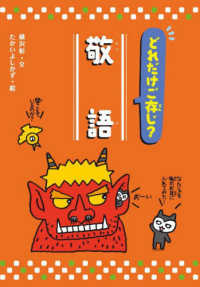Full Description
This accessible guide introduces readers to the essential process of collecting, organizing, testing, and interpreting quantitative data in biological Anthropology and Archaeology. Written in straightforward language, it avoids complex mathematical theory and programming jargon in favor of practical application, making statistical concepts approachable for students and researchers at all levels.
Through relevant anthropological and archaeological examples, readers learn critical data analysis skills including determining sample sizes, identifying outliers, handling missing data, testing normality, evaluating hypotheses, and estimating effect size and statistical power. All techniques are demonstrated using R Statistics and other free, open-source software, providing hands-on experience with industry-standard tools without additional cost.
This concise volume bridges the gap between theoretical statistics and real-world application, equipping readers with the fundamental skills needed to conduct and interpret their own research in biological anthropology and archaeology. This book will be perfect for undergraduate and graduate students new to quantitative methods, researchers returning to the field, and instructors seeking a practical supplement for statistics and research methods courses.
Contents
Introduction Chapter 1: It's All About the Data Chapter 2: Creating a Hypothesis Chapter 3: Creating a Dataset and Collecting Data Chapter 4: Error in Data and Making Data Clean Chapter 5: Descriptive Statistics and Testing for Normality Chapter 6: Testing Hypotheses if Data are Normal Chapter 7: Testing Hypotheses if Data are not Normal Chapter 8: Correlation and Regression Conclusion Appendix A: Quick Start Guide to R Appendix B: R Functions








